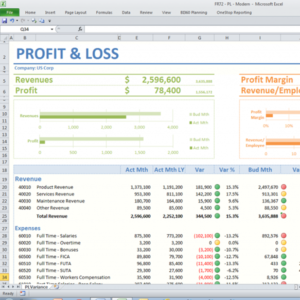Employers hiring new college graduates in recent years have noticed a trend: Many business majors come into their positions without a thorough knowledge of how to use Excel on the job. And the former students have noted it, too.
Professor Kristen Reilly, who has served as Colorado State University’s accounting internship coordinator since 2012 says, “I was reading papers written by interns after their internship was complete. And year after year, I would see students writing that they had thought they knew Excel, but when they got to their internships, they realized how much they didn’t know.”
Expanding software knowledge

To ensure that her graduates would leave CSU with a full grasp of this important skill, Reilly decided to take action. She designed an additional credit hour to enhance the existing Intermediate Accounting course with detailed Excel instruction.
The plan was backed by research to determine the most effective approach. Lisa Kutcher, Professor of Accounting and a Deloitte Faculty Fellow, was on the committee that looked into the idea, and she says, “We decided for a couple of reasons to keep it integrated into a course. Primarily, from a pedagogical context, we wanted the Excel information to relate directly to course content.”
As Reilly points out, Excel has such a diverse range of functions, that it’s used very differently by accountants versus auditors and those in other roles. So, by interweaving Excel into her lesson plans, students now get a richer, more hands-on understanding of the software’s functionality as it relates to accounting.
“Now, when we talk about aging schedules as part of the accounting process itself,” she says, “we can also demonstrate formulas they need to complete an aging schedule, and how to ensure their documents will be usable by someone else who may touch those same files in a year or more.” So while other courses touch on Excel basics, this new coursework gives students a more robust look at the tool’s extensive capabilities, while tying it directly into practical job skills.
Positive impacts
The approach seems to be working. Reilly says, “I’ve had students tell me they’ve learned Excel before, but now it makes more sense because they can see the application for it.” Plus she notes, the interwoven approach to teaching Excel alongside accounting principles forces students to think differently, so that they’re not only memorizing processes, but also learning to apply those processes in the real world.
Kutcher says reaction has been positive so far — and CSU is proud to be on the leading edge of this type of teaching. “Very few programs do something like this,” she notes. “But more people are talking about needing to do it now.” With continued feedback, Kutcher and Reilly expect that the coursework can be continually modified and enhanced over time.